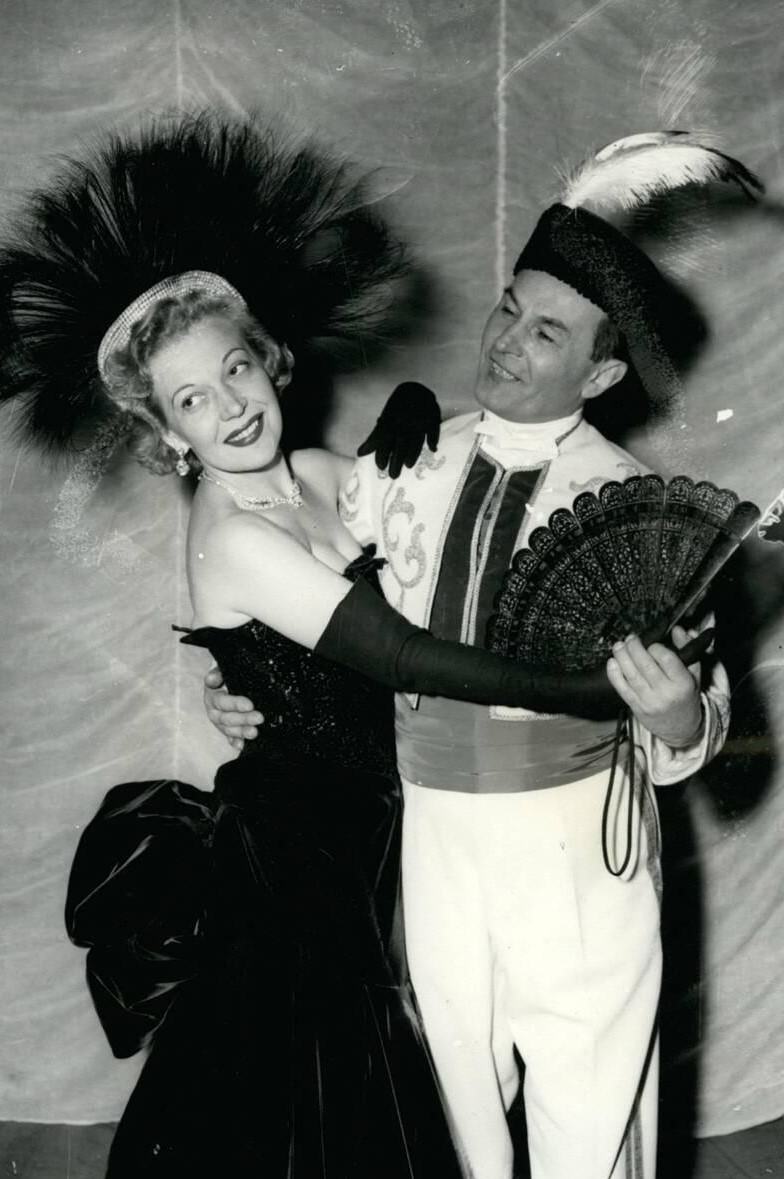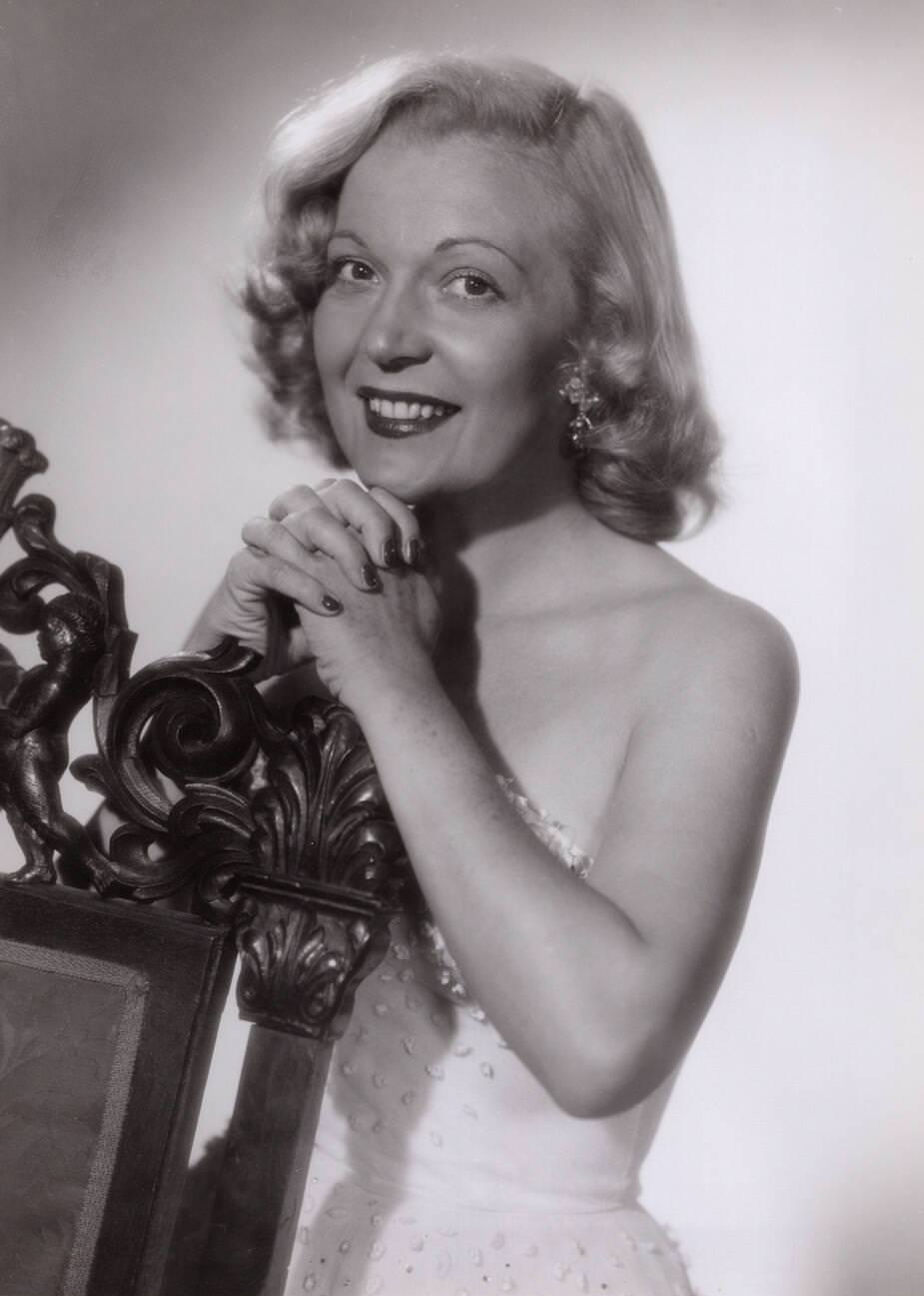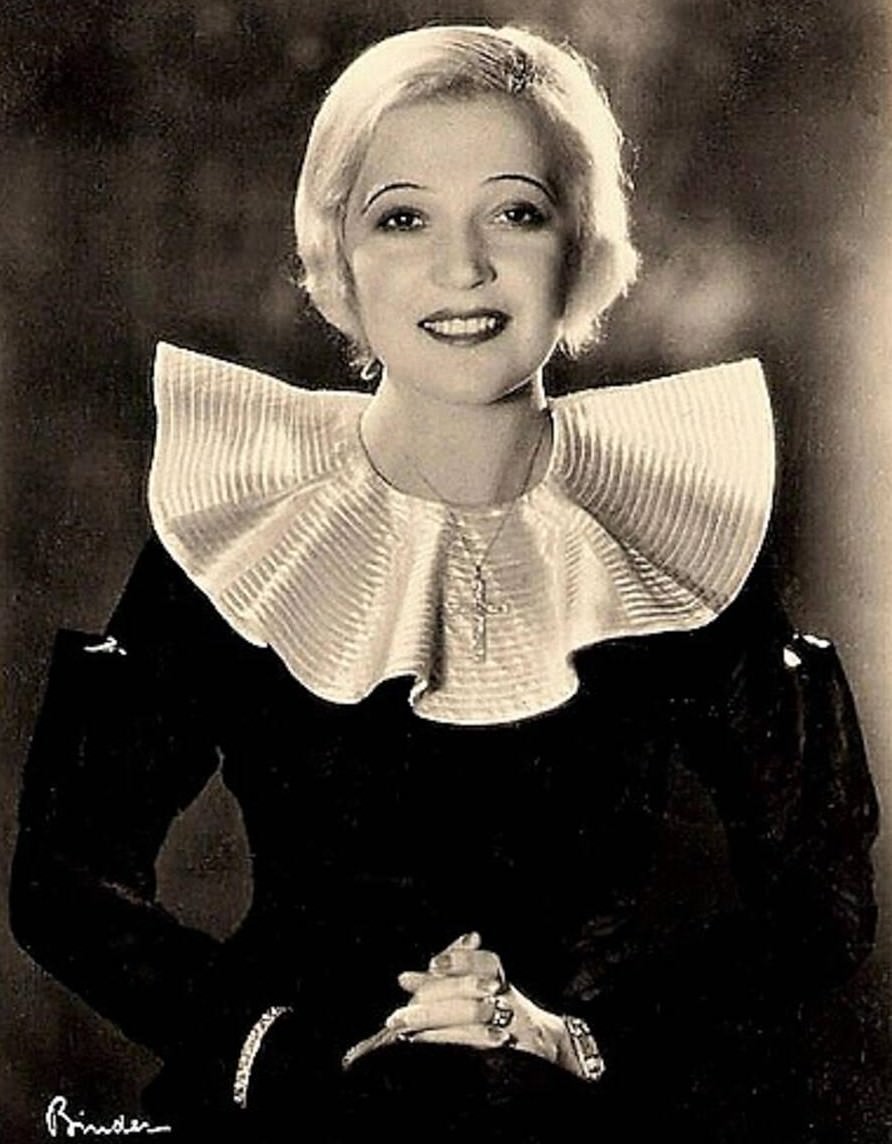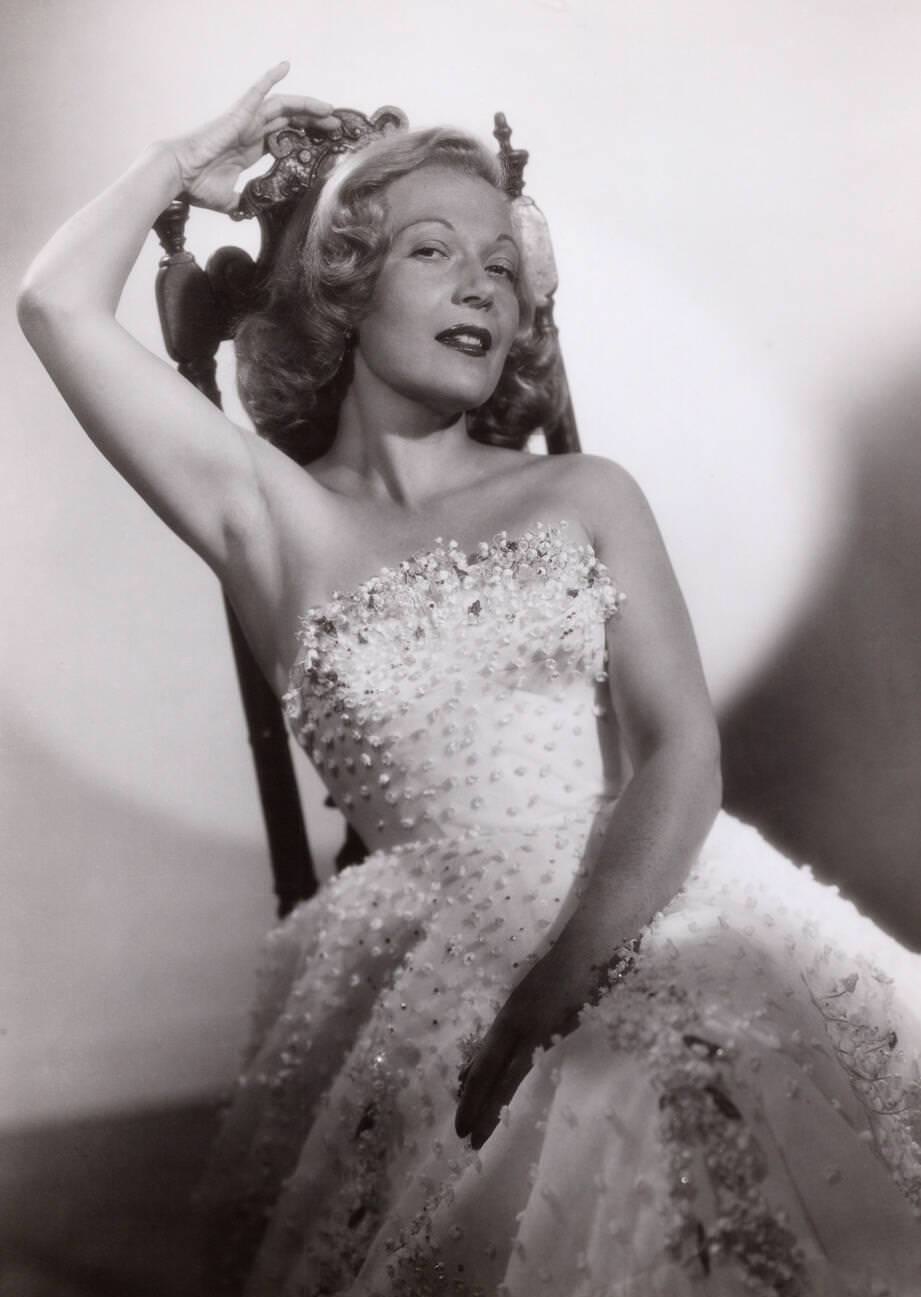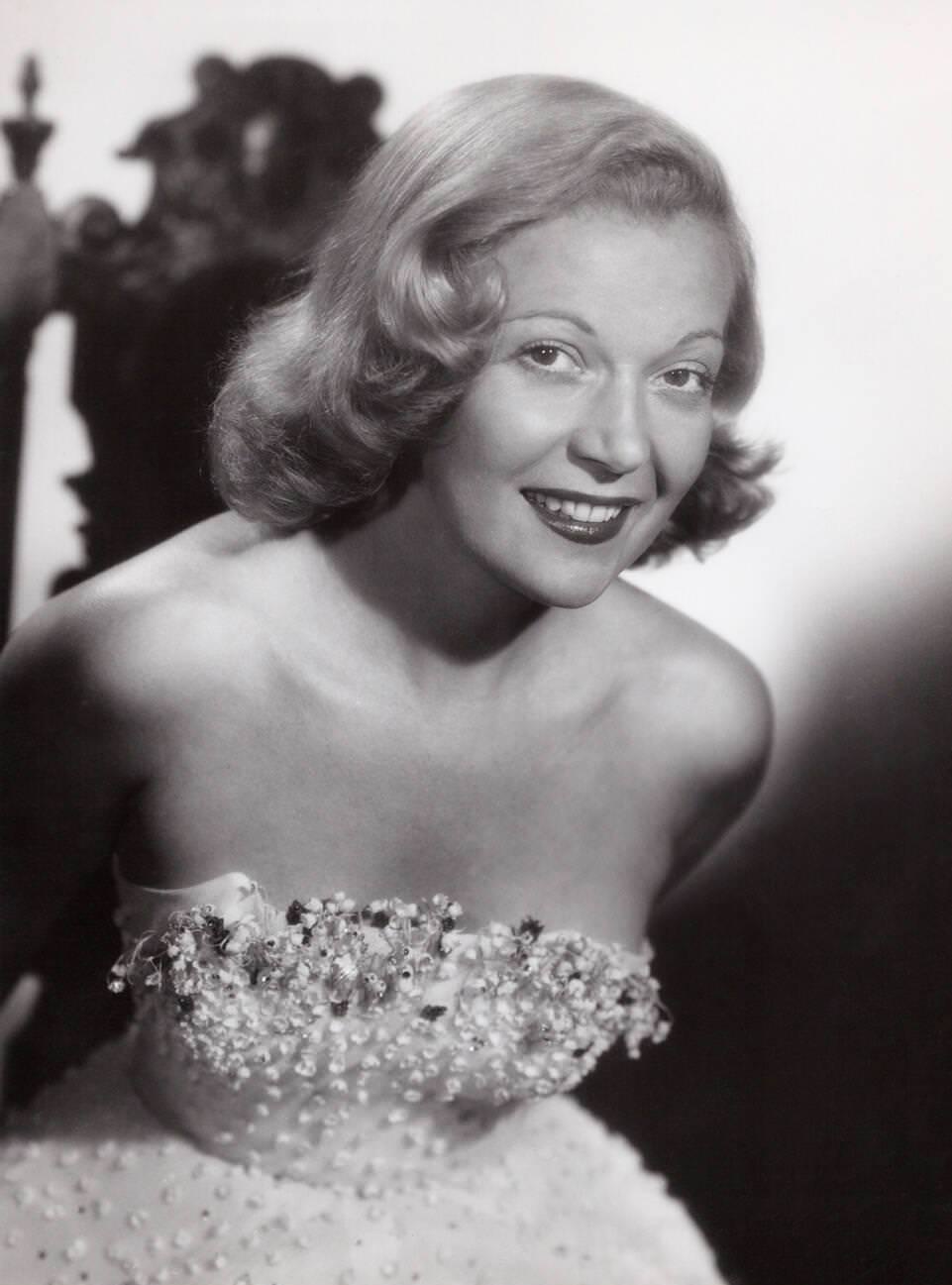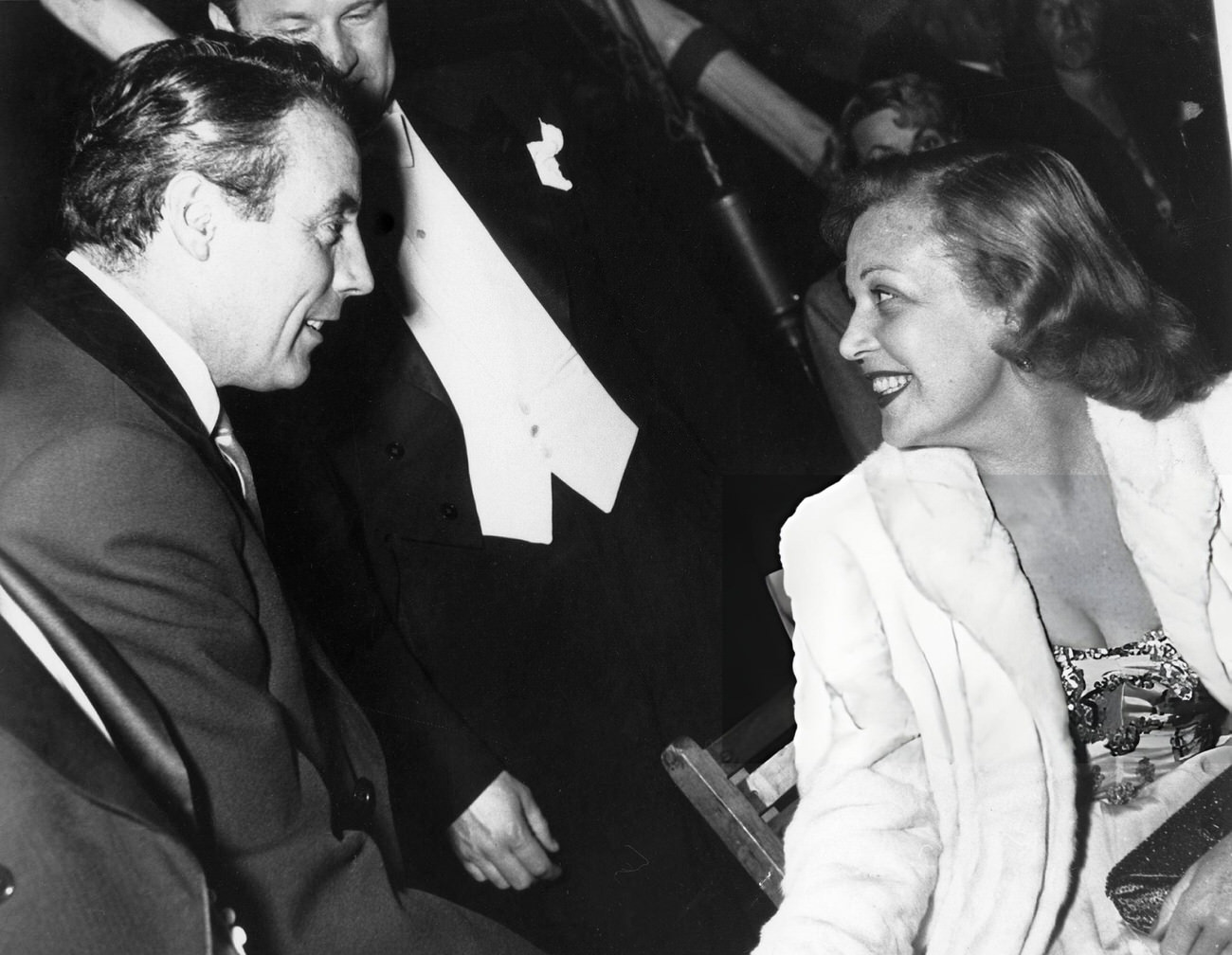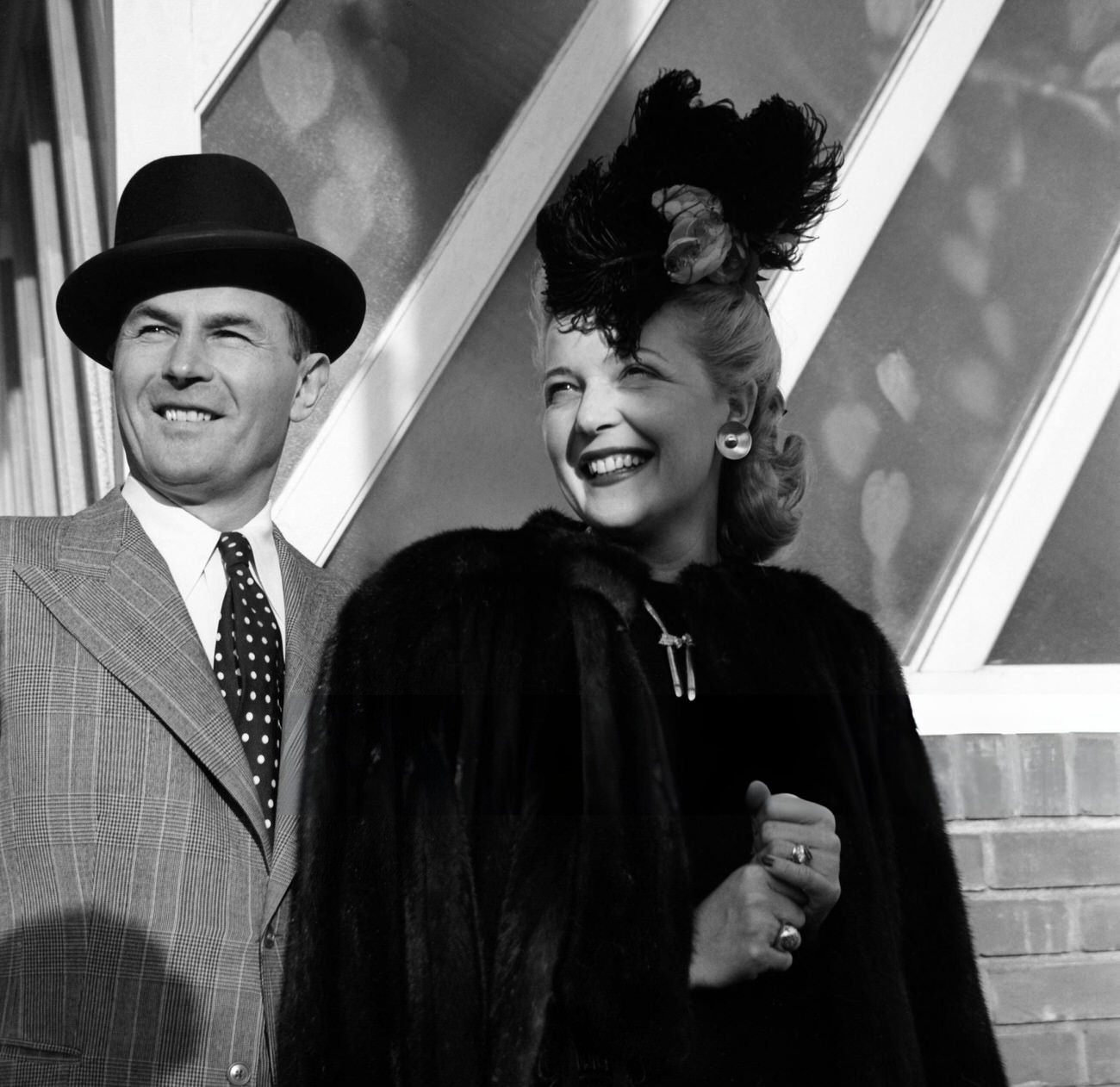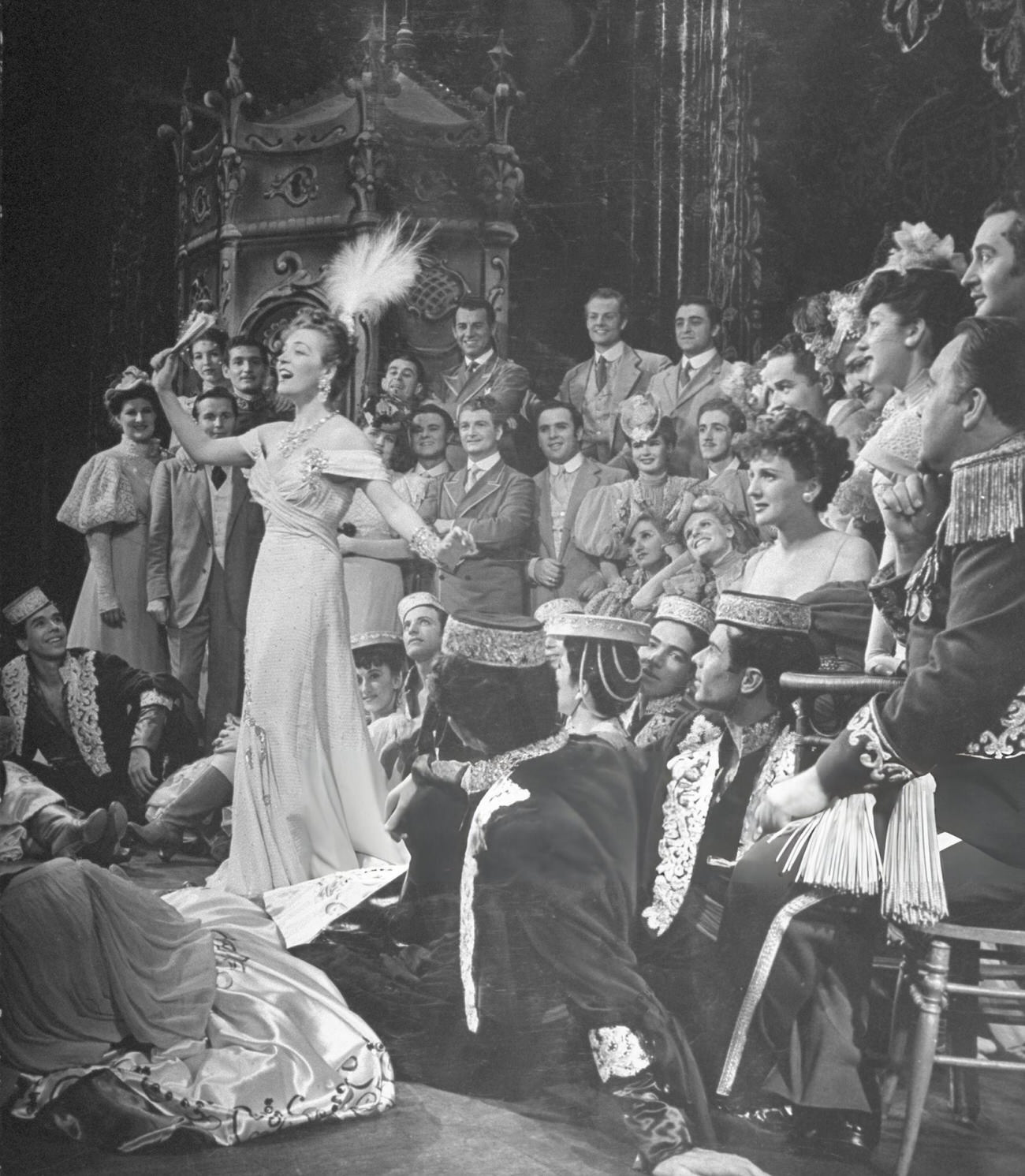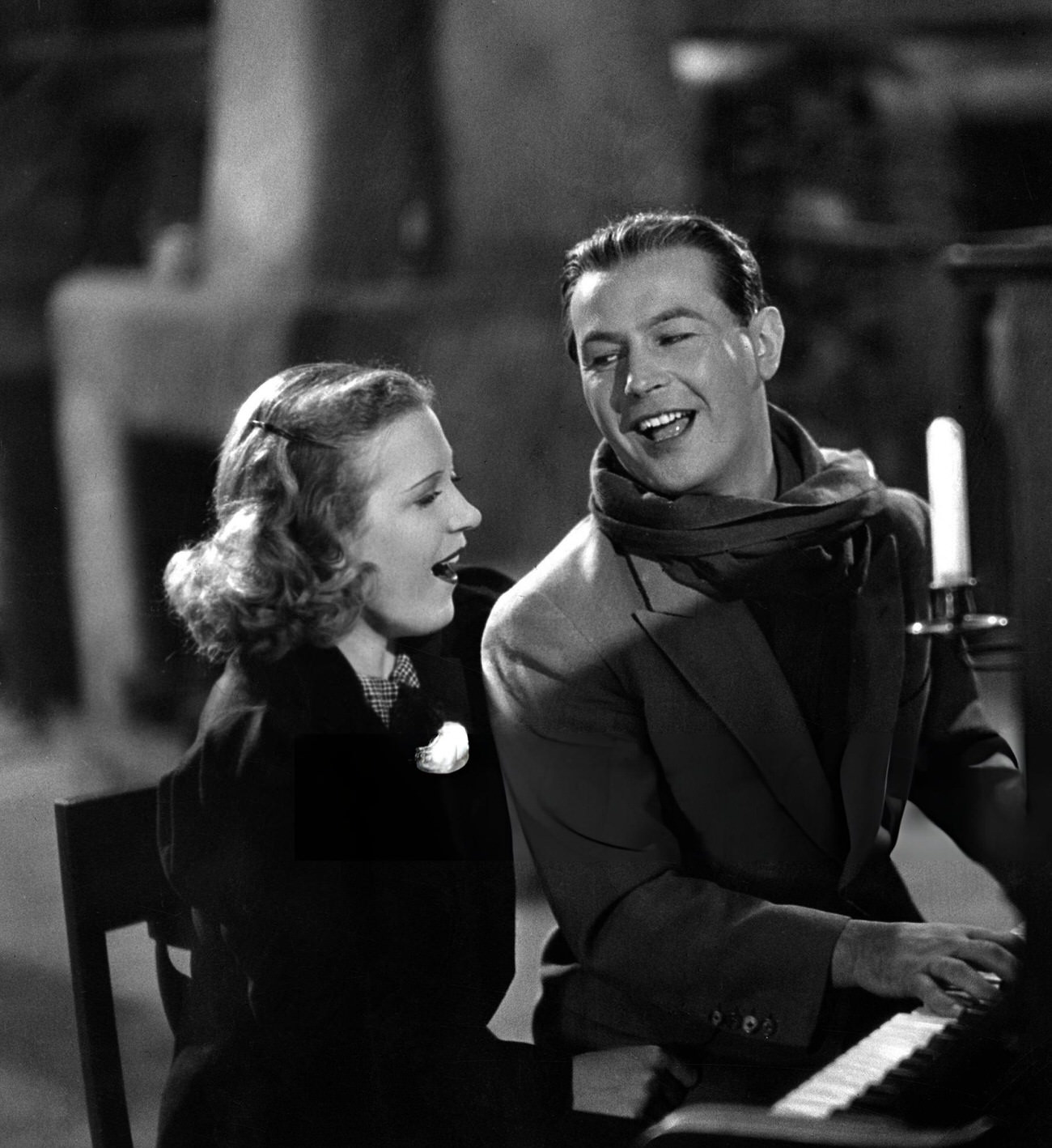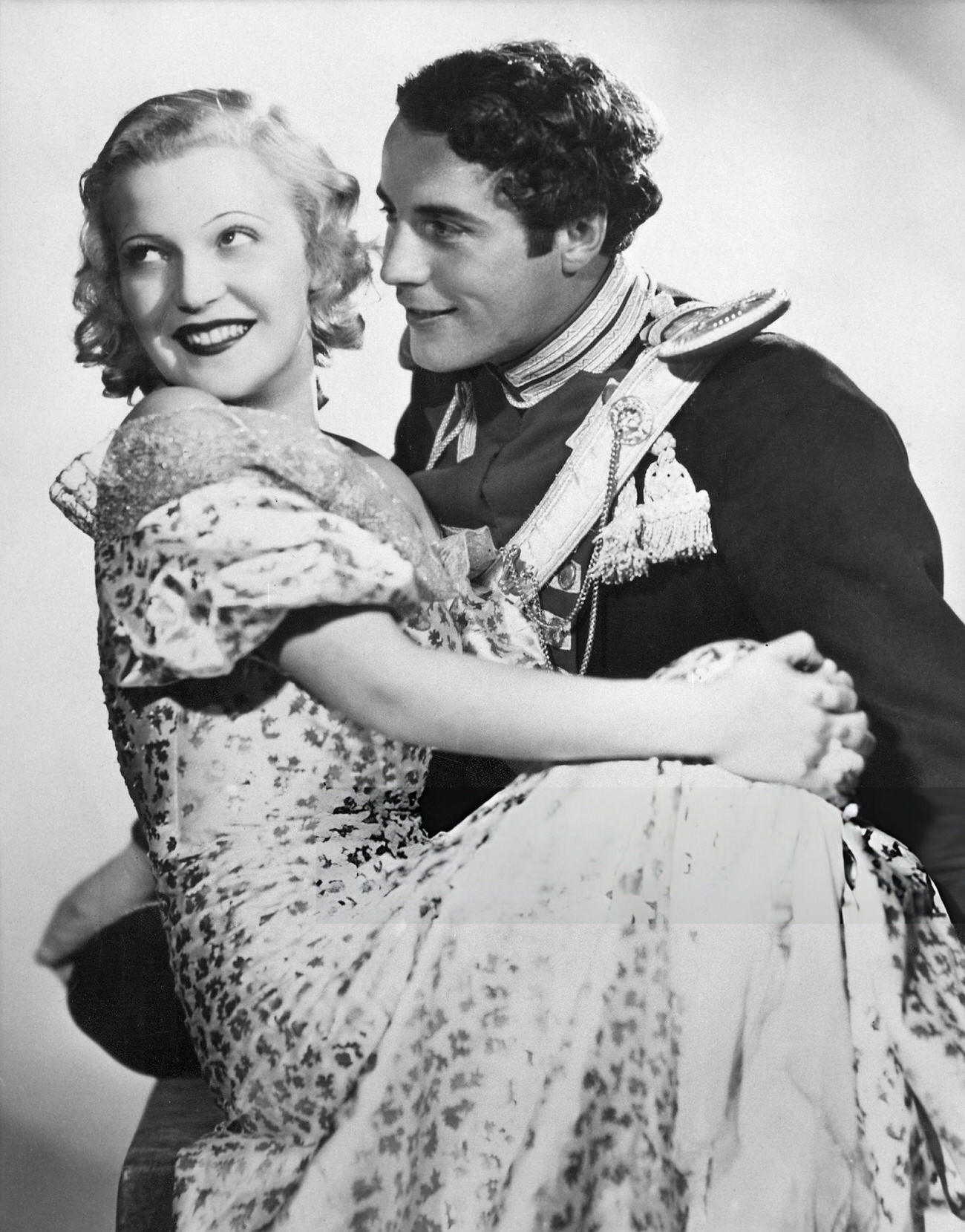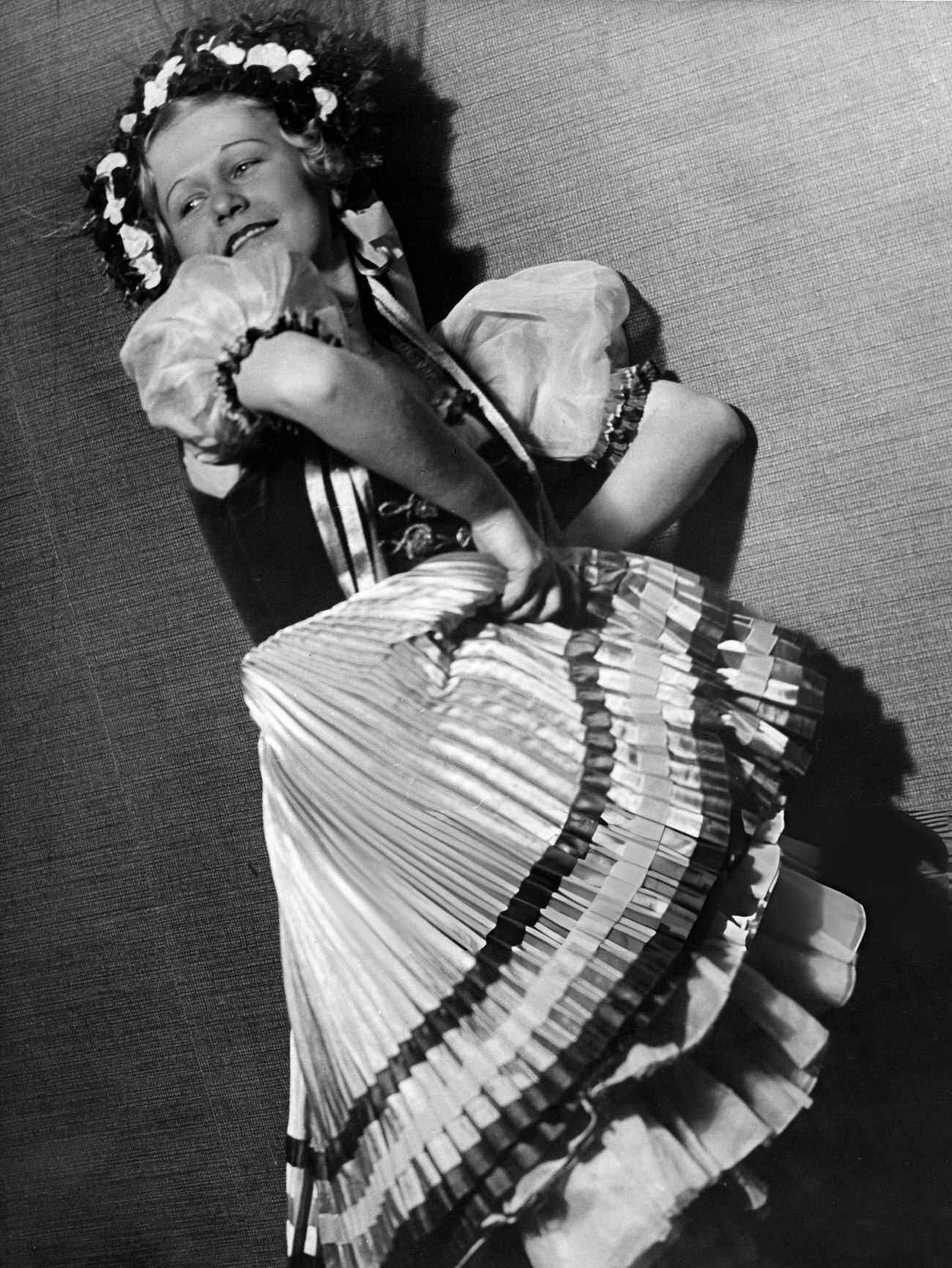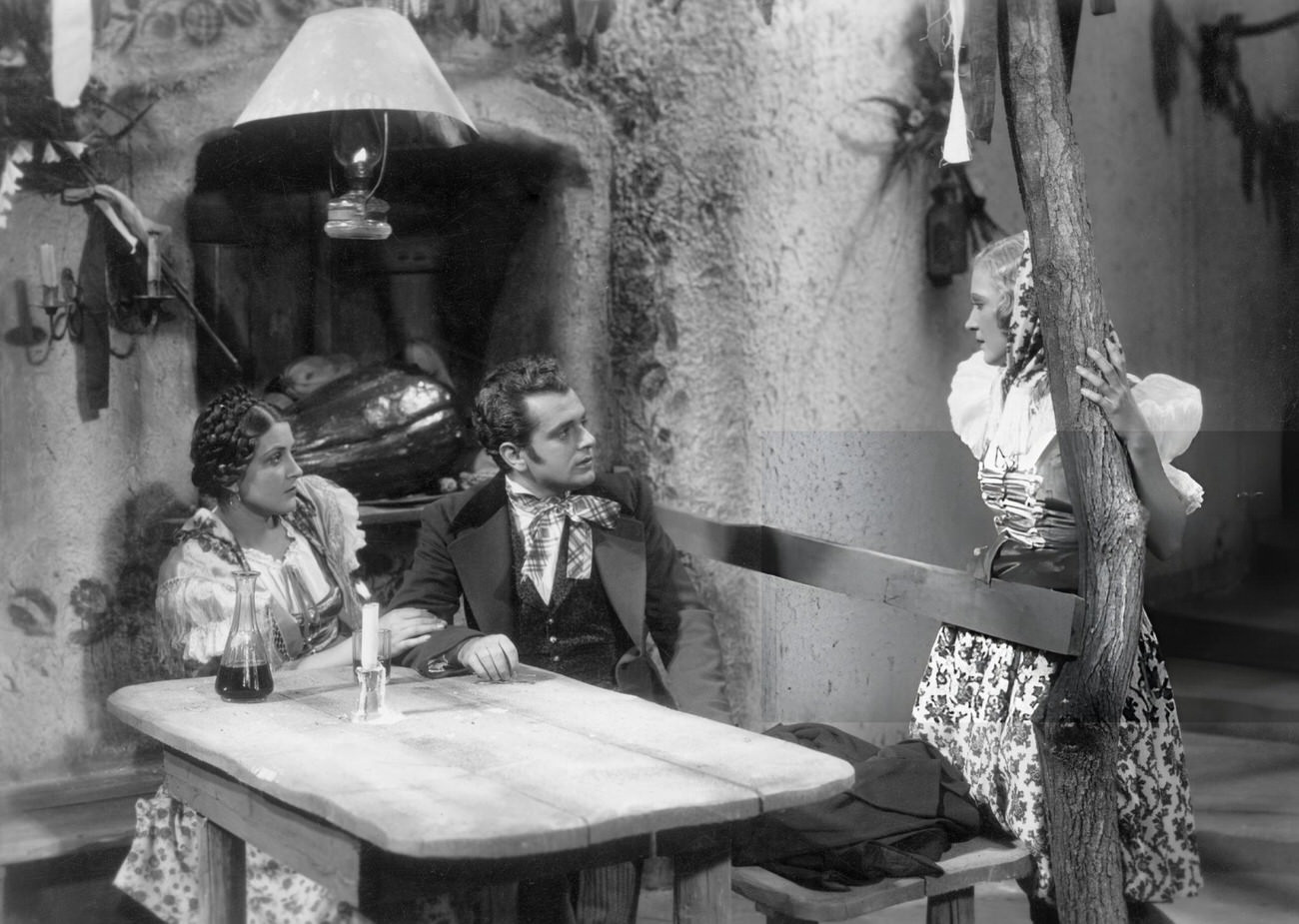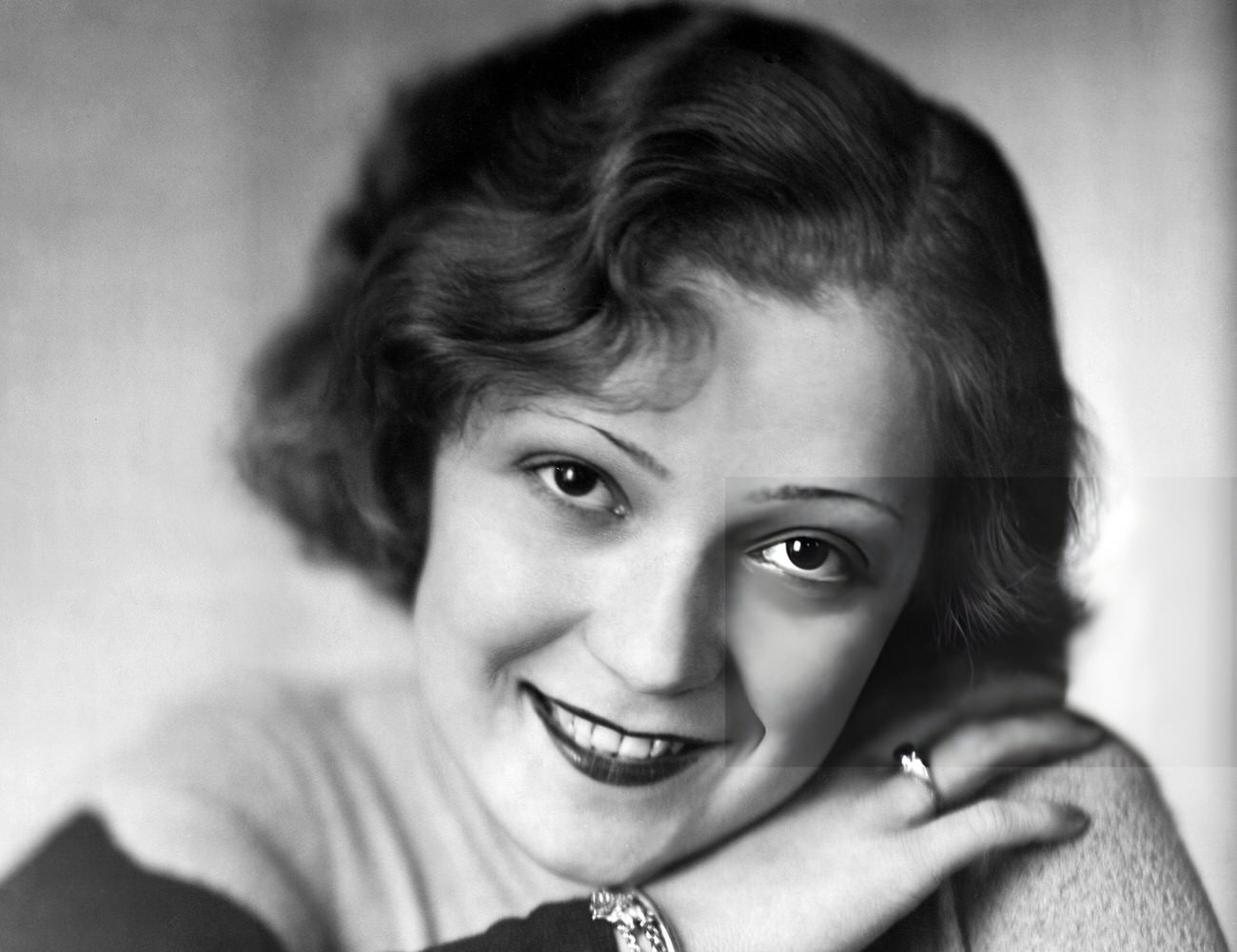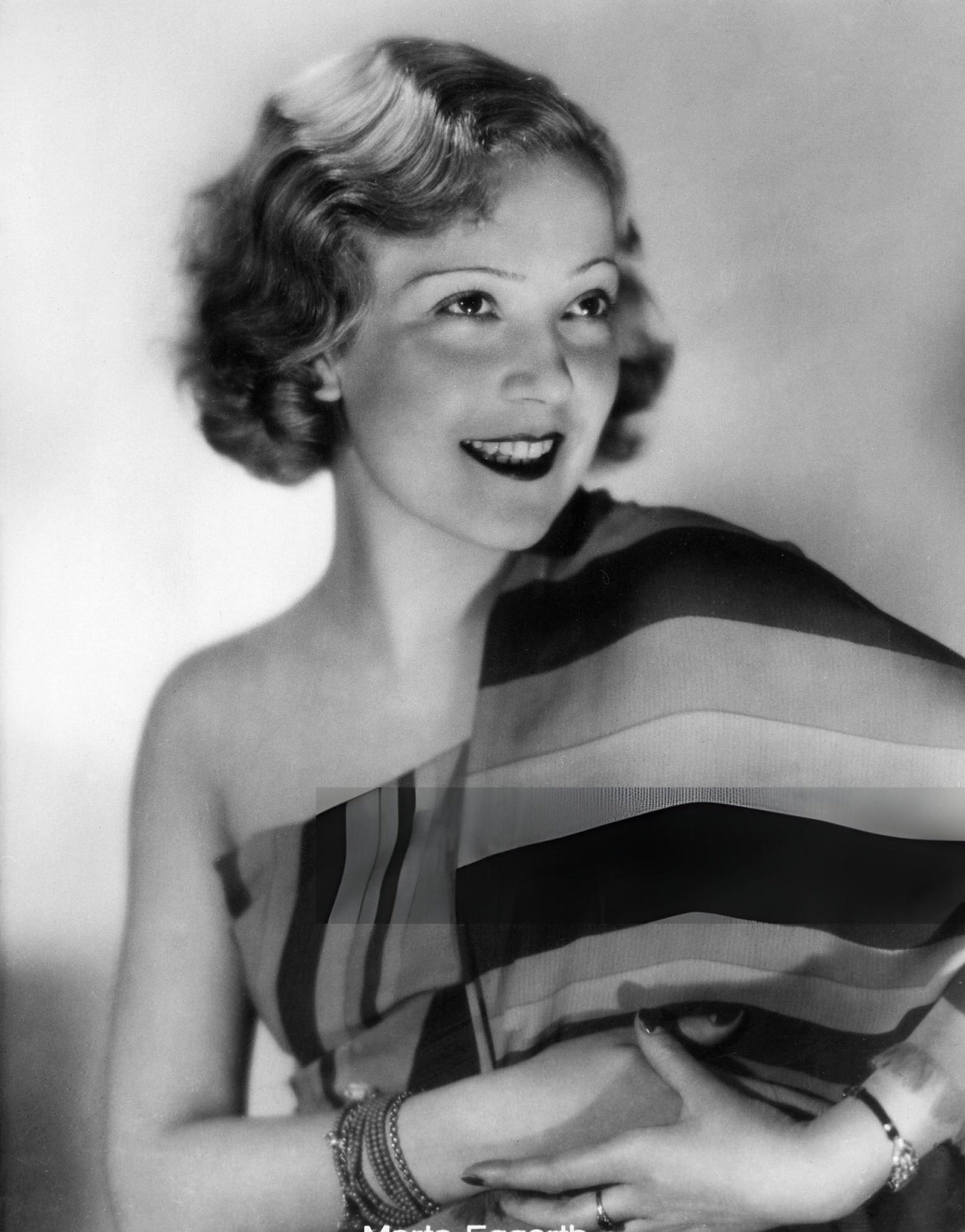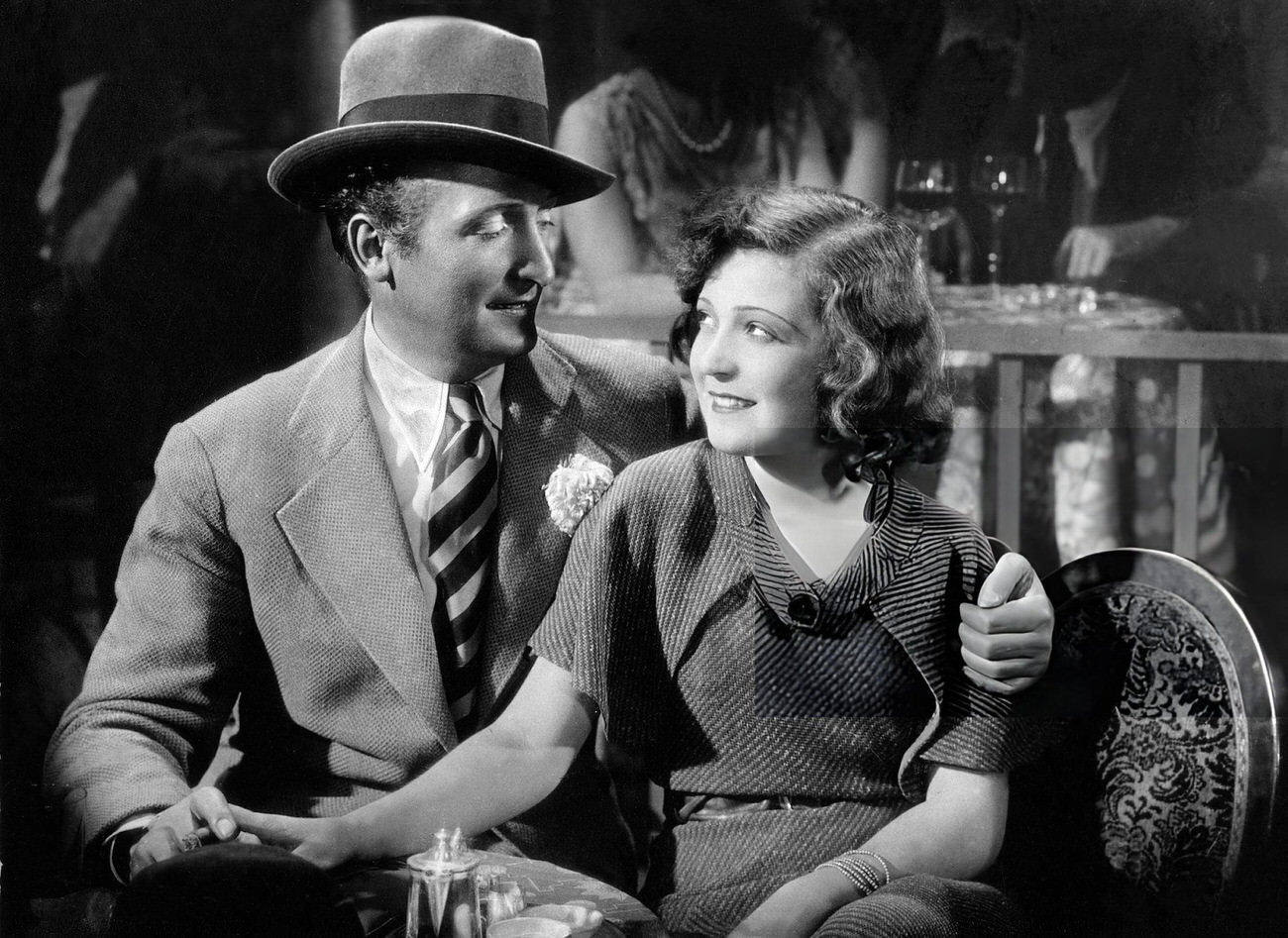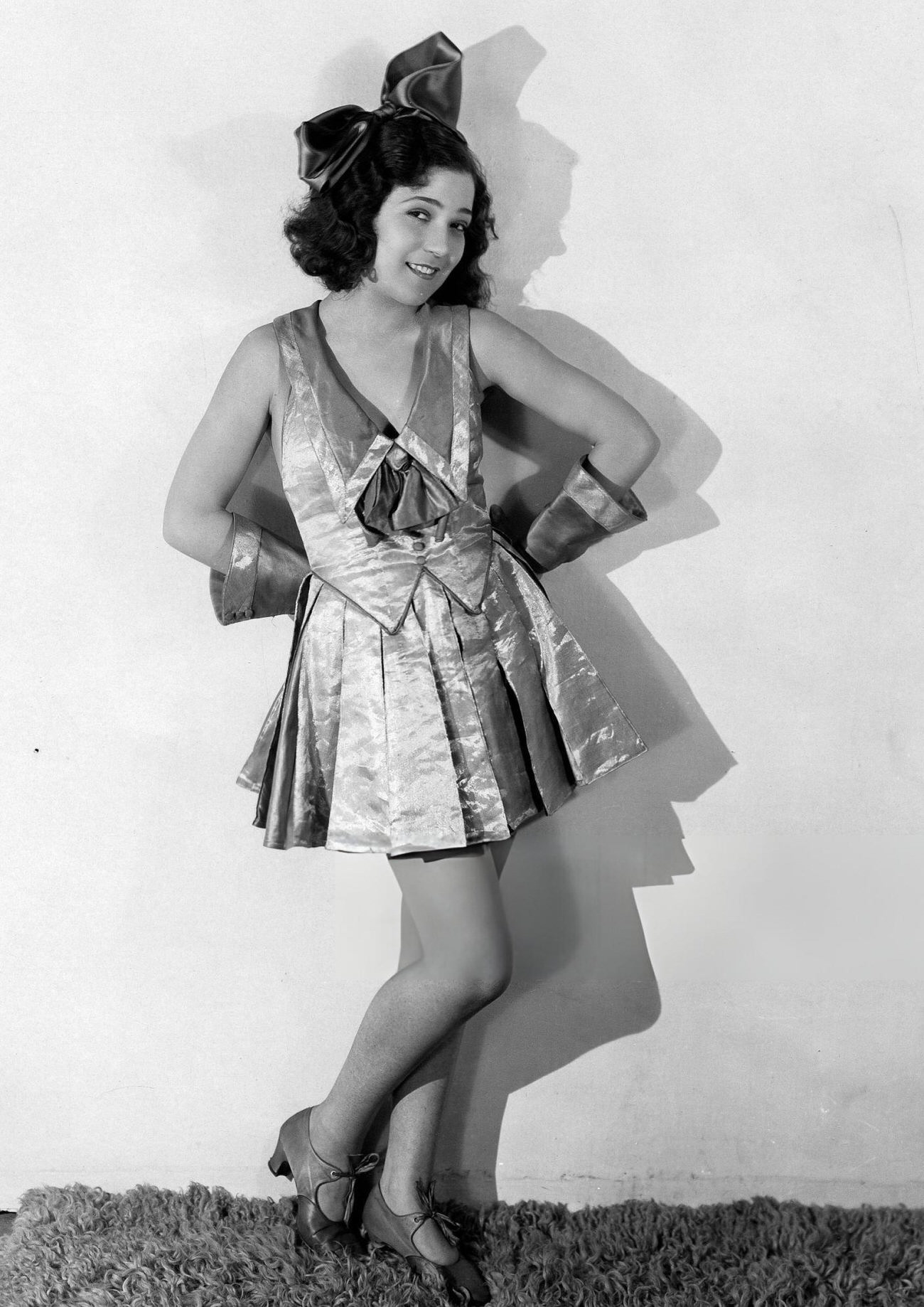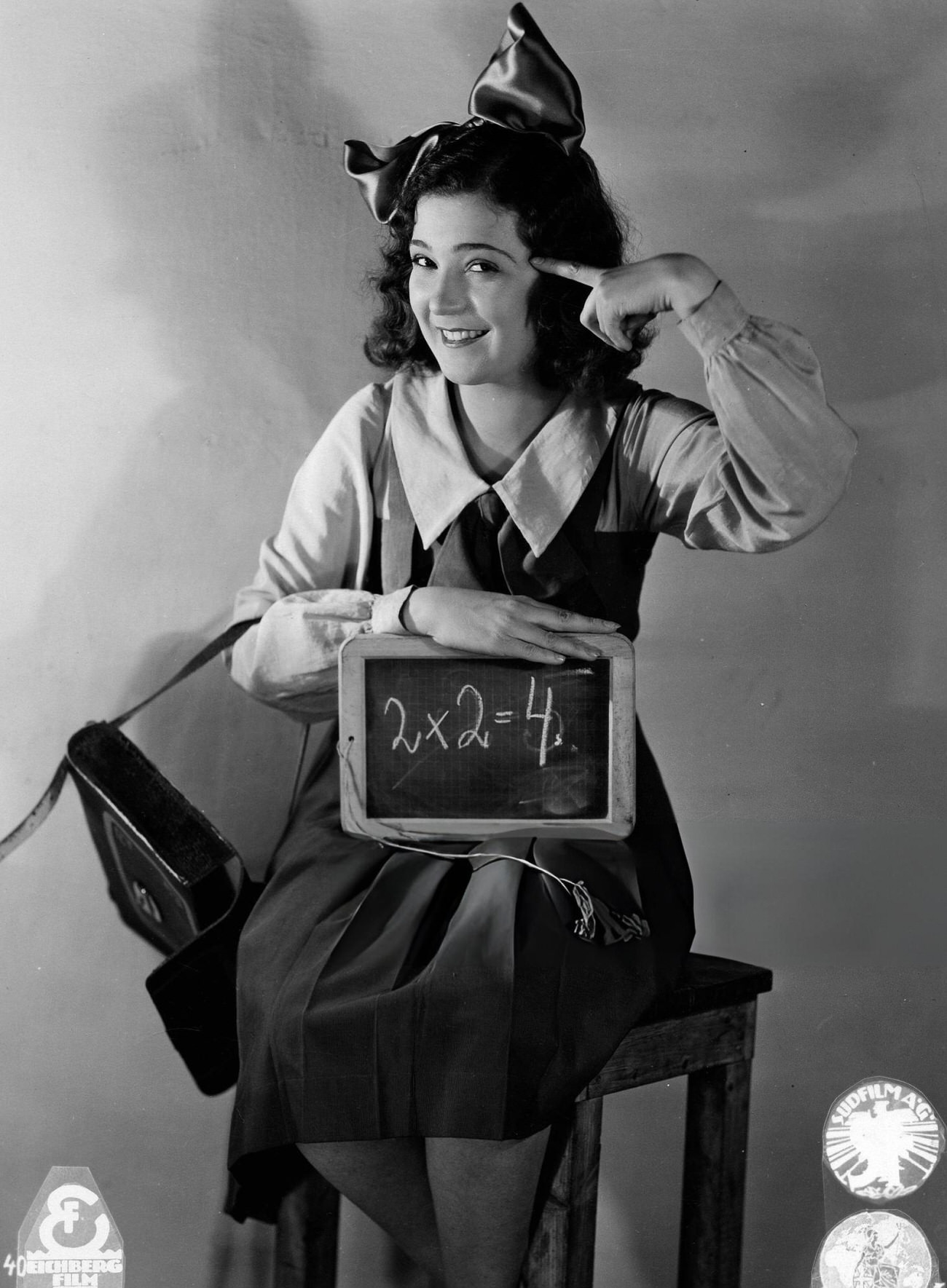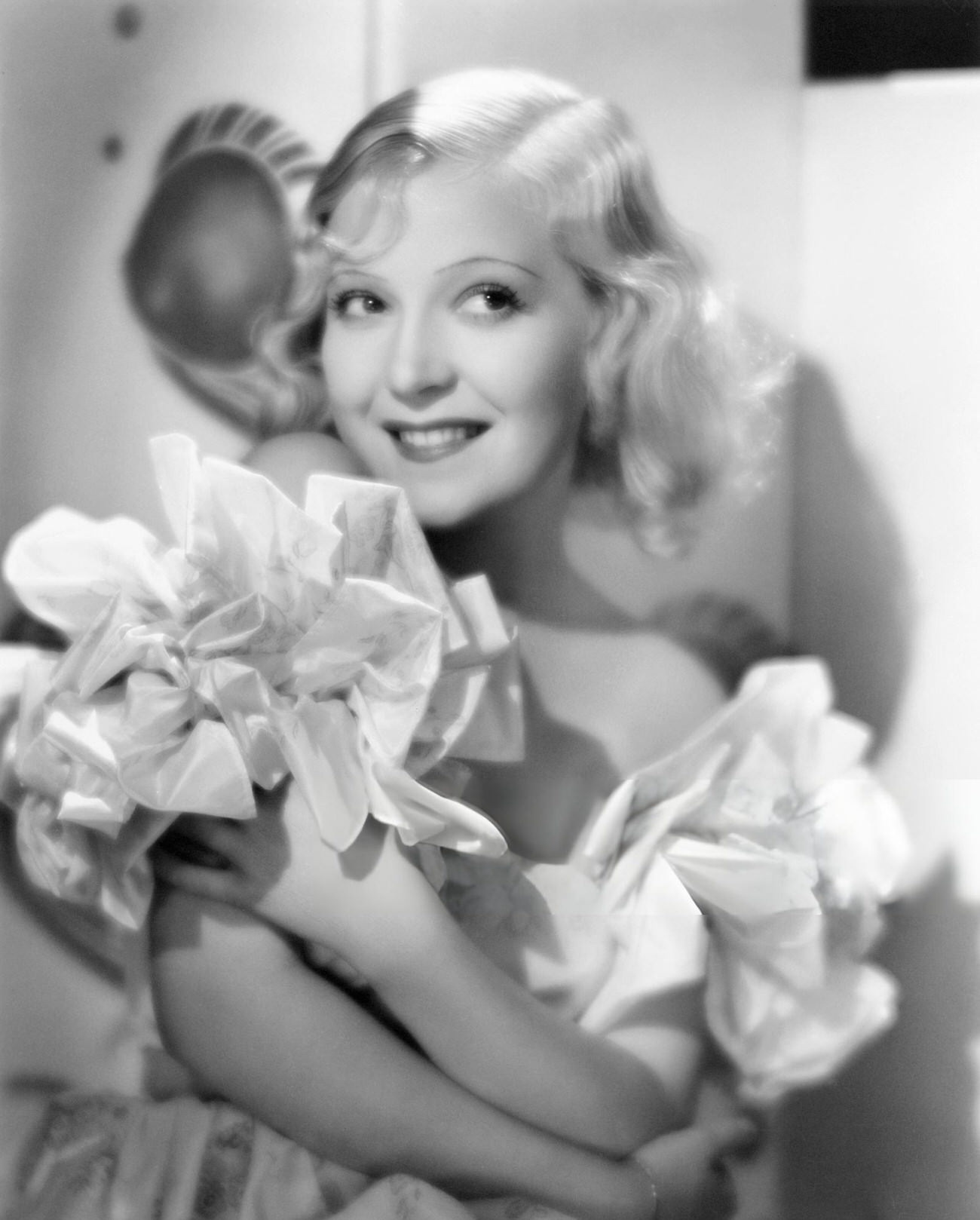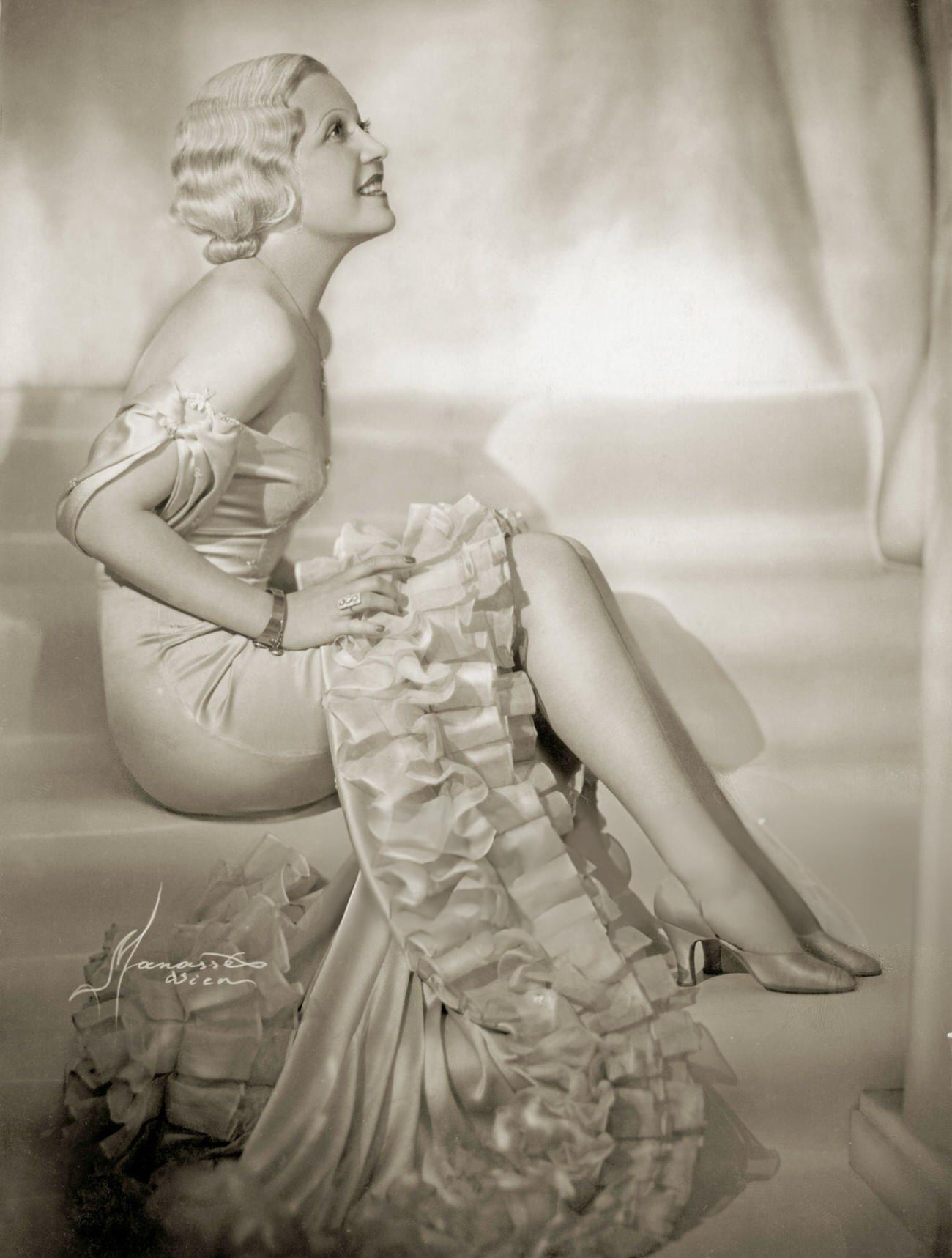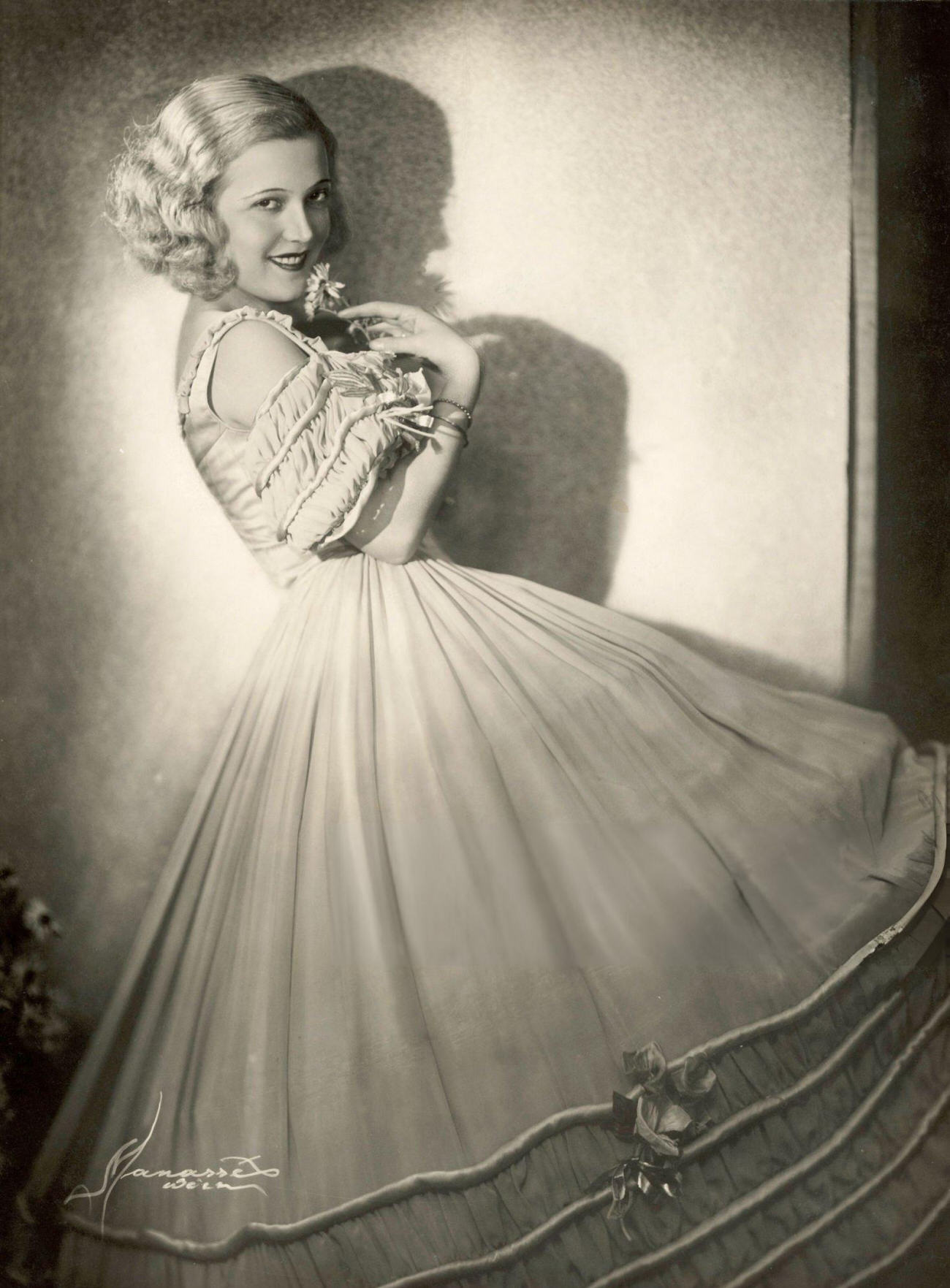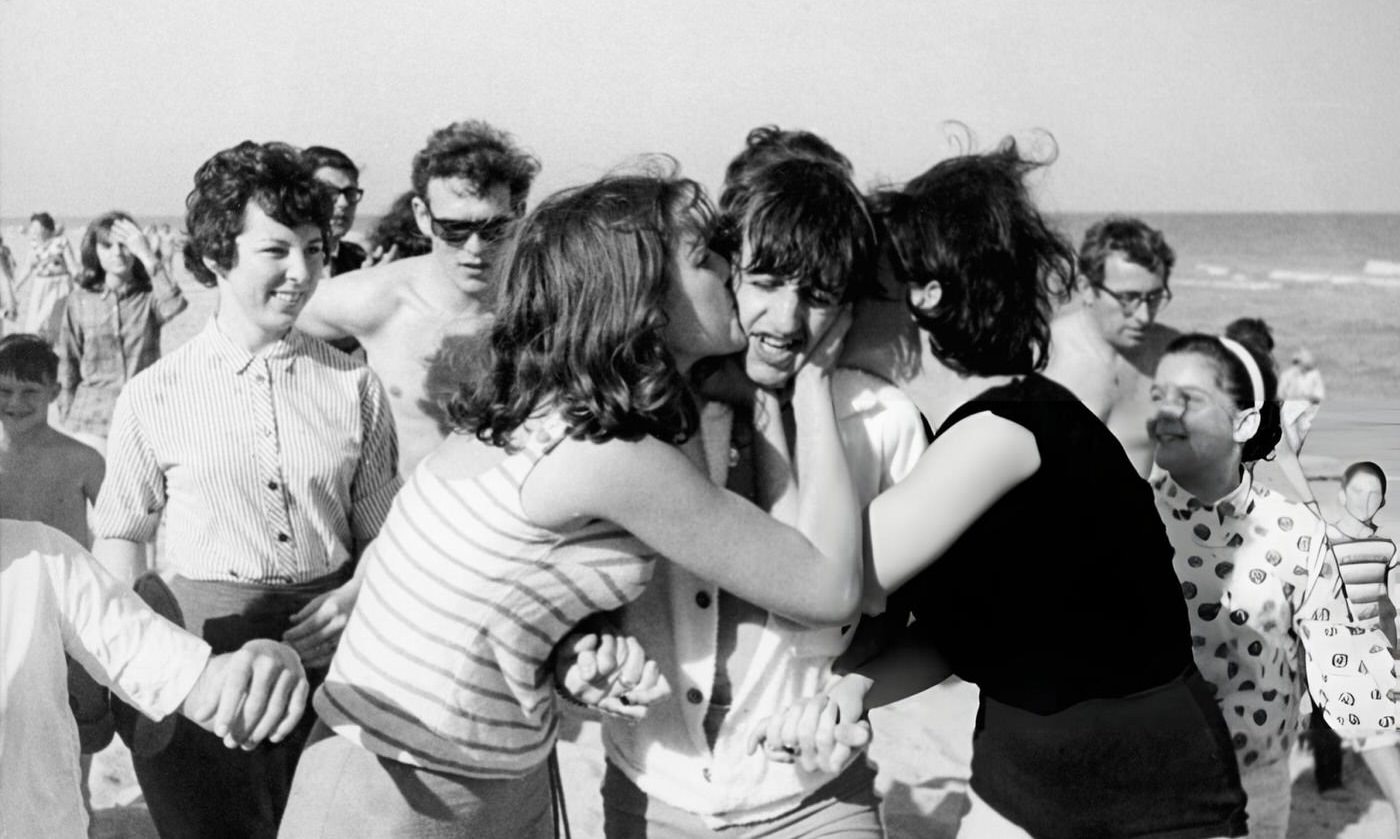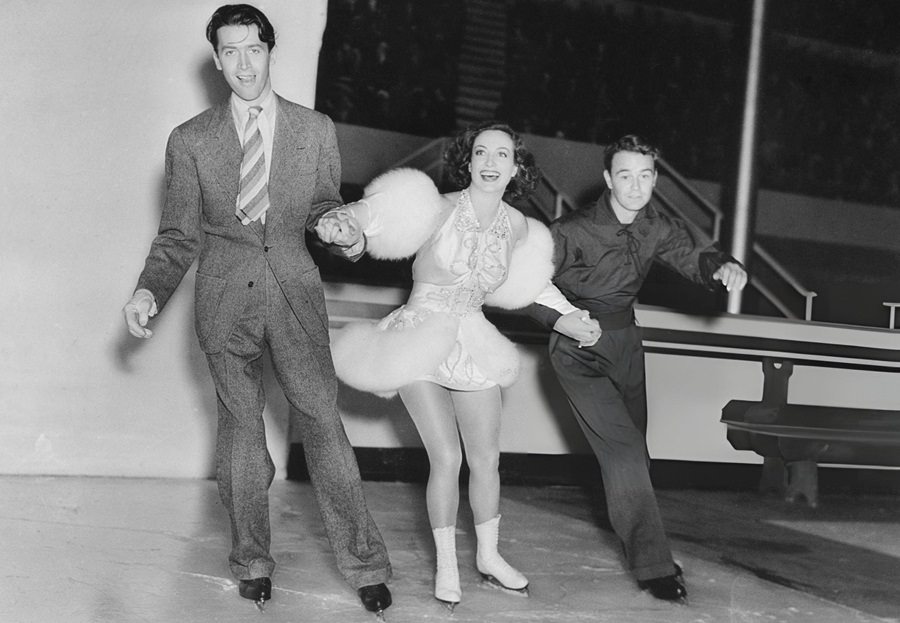Marta Eggerth was born into a world of music in Budapest, Hungary in 1912. Her talent blossomed early, and by the age of 11, her remarkable voice had earned her a film contract, a launching pad for the extraordinary career that awaited her.
She quickly became a favorite in Hungarian films, her performances filled with energy and charm. But Marta wanted more than just national recognition. She wanted the world to hear her voice. In 1934, she moved to Vienna, a city known for its rich musical tradition. There, she made her debut in operettas, a form of light opera that combined singing, acting, and dance.
Her Viennese performances were a hit. Audiences and critics alike were captivated by her voice and stage presence. Marta was quickly becoming a star, not just in Hungary, but across Europe. Her success opened doors to even bigger opportunities. In 1936, she moved to Hollywood, the heart of the American film industry.
Read more
Her first Hollywood film, “Where Is My Heart?”, was a major success. It showcased her singing and acting talents, proving she could shine just as brightly in America as she had in Europe. She continued to star in films throughout the 1930s and 1940s, each role solidifying her status as a leading lady. One of her most memorable roles was in the 1942 film “For Me and My Gal,” where she starred alongside Gene Kelly and Judy Garland.
Marta’s talent wasn’t confined to acting. She was also a gifted singer, releasing numerous records that were popular on both sides of the Atlantic. Her voice, with its unique blend of power and sweetness, was instantly recognizable. She often sang duets with her husband, the Polish tenor Jan Kiepura. Together, they were musical powerhouses, their voices blending in perfect harmony.
Their marriage was a true partnership, both personally and professionally. They often toured together, performing concerts and operettas around the world. Audiences were drawn to their undeniable chemistry and shared passion for music. They were often called “the singing sweethearts”.
Throughout her career, Marta embraced various genres, from light opera to musical theater to film. She was never afraid to try new things, always eager to challenge herself as a performer. This versatility was one of the keys to her enduring success. Whether she was singing on stage, acting in a film, or recording in a studio, she always gave her all.















